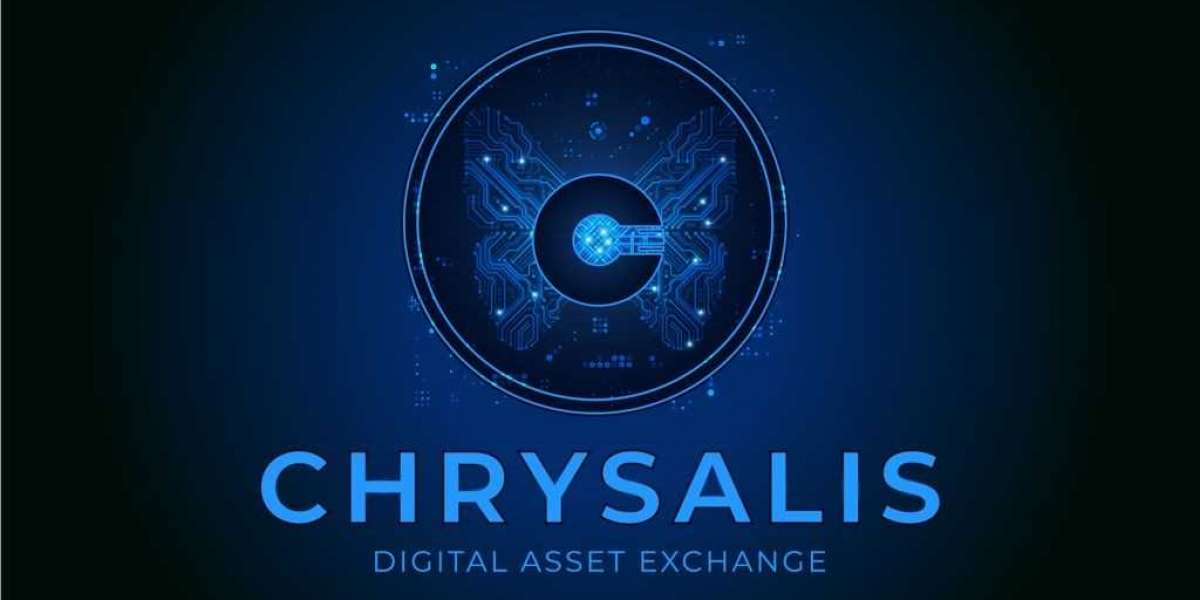As the cryptocurrency market continues to mature, the integration of real-world assets (RWAs) is emerging as a vital component in shaping its future. RWAs represent tangible or intangible items of value, such as real estate, commodities, stocks, and art, that can be tokenized on blockchain platforms. This blog explores why RWAs are essential to the future of cryptocurrency, discussing their key benefits, implications for the financial ecosystem, and the challenges that lie ahead.
1. Enhancing Liquidity
One of the most significant advantages of tokenizing real-world assets is the enhancement of liquidity. Traditional asset classes often suffer from liquidity challenges, making it difficult to buy and sell these assets quickly. For instance, real estate transactions can take months, if not years, to complete. By representing these assets digitally, investors can engage in fractional ownership, allowing smaller portions of high-value assets to be traded more easily. This increased liquidity can attract a broader range of investors, providing greater access to diverse investment opportunities13.
2. Democratizing Investment Opportunities
RWAs are pivotal in democratizing access to investment markets. Tokenization breaks down high-value assets into smaller, affordable tokens, enabling a wider audience to participate. This shift opens doors for individuals who previously lacked the capital to invest in entire properties or exclusive art pieces, creating a more inclusive financial landscape. By lowering entry barriers, RWAs allow more people to invest, thereby fostering a more equitable distribution of wealth and investment opportunities13.
3. Bridging Traditional and Decentralized Finance
The integration of RWAs into cryptocurrency ecosystems serves as a bridge between traditional finance (TradFi) and decentralized finance (DeFi). By tokenizing assets, individuals can access familiar investment opportunities within the emerging digital finance world. For instance, DeFi platforms that support lending and borrowing mechanisms enable users to use their tokenized RWAs as collateral, paving the way for a smoother transition between these financial realms. This amalgamation not only enhances the functionality of DeFi but also increases the overall legitimacy of cryptocurrencies as a viable alternative to traditional financial instruments12.
4. Increasing Transparency and Security
Tokenization, utilizing blockchain technology, provides unprecedented levels of transparency and security in asset management. Each transaction is recorded on an immutable ledger, reducing fraud and enhancing trust among investors. Furthermore, smart contracts automate processes, ensuring compliance with the agreements and reducing the need for intermediaries. This operational efficiency significantly lowers transaction costs and speeds up processes that would otherwise be time-consuming in traditional financial settings13.
5. Diversifying Investment Portfolios
Real-world assets provide diversification opportunities for investors, allowing for risk management in cryptocurrency portfolios. By holding a mix of traditional assets, such as real estate or commodities, alongside digital assets, investors can hedge against the volatility typically associated with cryptocurrencies. This diversification enhances stability in investment strategies and can lead to improved risk-adjusted returns. As such, integrating RWAs into crypto portfolios could serve as an effective strategy for navigating the ups and downs of the digital asset market12.
6. Overcoming Challenges
Despite their potential, the integration of RWAs into the cryptocurrency ecosystem is not without challenges. Regulatory uncertainty remains a significant hurdle, as different jurisdictions approach the regulation of tokenized assets in various ways. Establishing clear and consistent guidelines will be essential for fostering investor confidence and facilitating the growth of RWA markets. Moreover, issues related to valuation standards and market education need to be addressed to ensure that investors fully understand the benefits and risks associated with tokenized assets.
Conclusion
Real-world assets are key to the future of cryptocurrency, offering enhanced liquidity, democratized access, and bridging the gap between traditional and decentralized finance. As the crypto landscape continues to evolve, the integration of RWAs promises to reshape how individuals and institutions engage with investment opportunities. While challenges remain regarding regulation and education, the potential benefits of RWAs underscore their significance in creating a more inclusive, diverse, and transparent financial ecosystem. As the dialogue around RWAs progresses, they are poised to play an integral role in defining the future of finance in the digital age.









